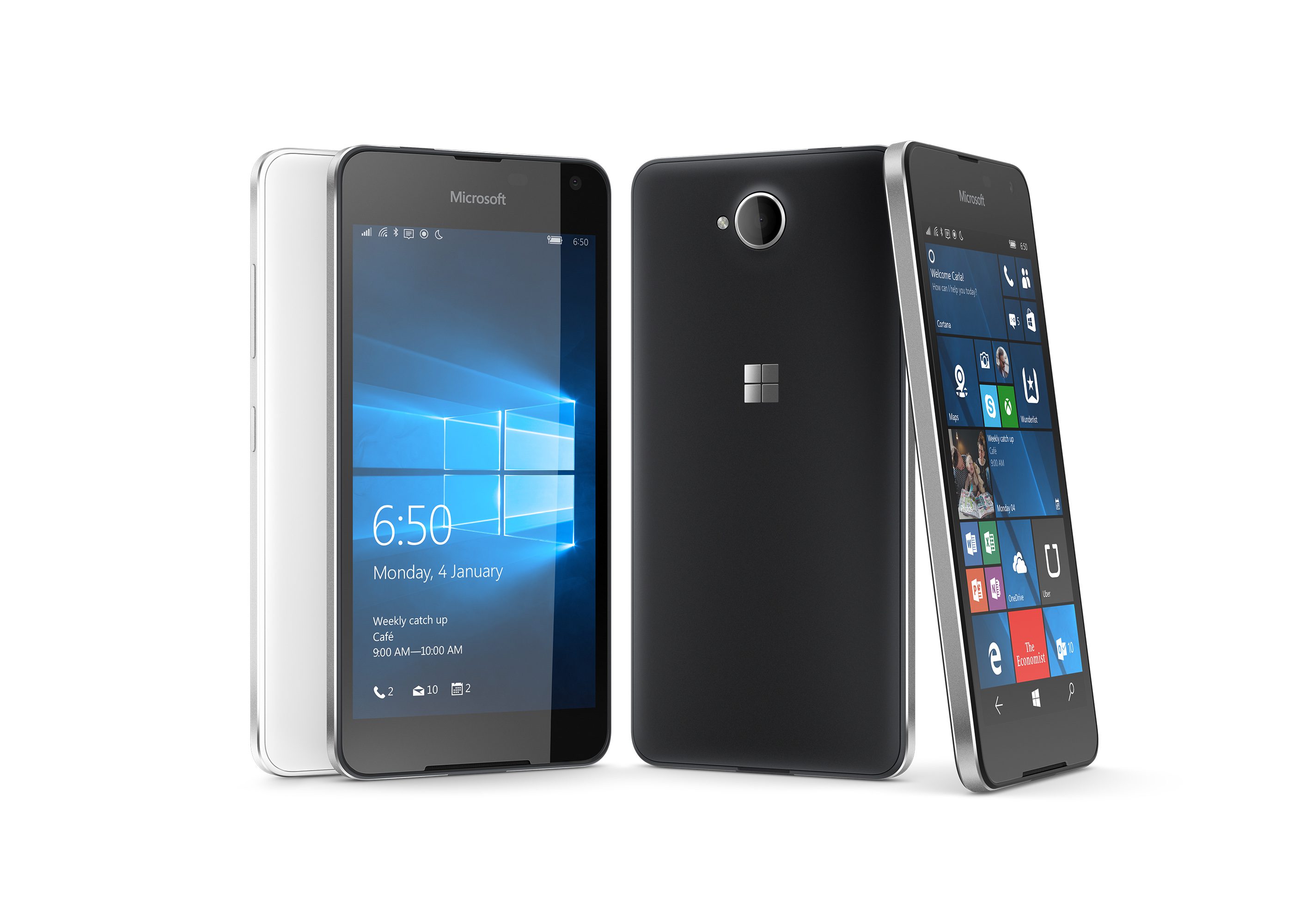In the first quarter of 2015, Windows Phone, Microsoft’s mobile platform, had 2.5% market share. Even though that was peanuts compared to the double digits of Apple’s iOS and Google’s Android, it was still something. One year later, Windows Phone’s fall from grace has now gone below the single digits. It is now under 1%. 0.7% to be exact according to the latest quarterly data from research firm Gartner.
With the recent happenings, it’s going to be a tough ride for Microsoft to make its mobile platform work if at all it intends to.
As usual, Android and iOS are still the mobile platforms with the most users. Android is the only top platform to witness growth year over year. Android’s market share stood at 84% in Q1 2016, up from 78% same time last year. On the other hand, close rival iOS witnessed a decline. iOS’ market share was nearly 15%, down from nearly 18% a year ago. As anyone would expect, BlackBerry’s goose continued to be cooked as the once top platform saw its market share sink to near oblivion. Only 660,000 BlackBerry devices were sold last quarter, accounting for just 0.2% market share.
Apple’s loss in platform market share was commensurate with a dip in sales of its iPhones in Q1 2016. The company managed to sell 51.6 million iPhones, a drop from the 60.1 million units high it registered in Q1 2015. Samsung also saw its market share drop albeit marginally. With sales of 81 million smartphones just like over a similar period last year, it retains its position as the largest vendor of Android-based smartphones in the world.
Chinese device makers Huawei, Oppo and Xiaomi round up the top 5 smartphone vendors in the world list in 3rd, 4th and 5th positions respectively. Save for Xiaomi which registered a slight point drop in market share from 4.4% last year to 4.3% in Q1 this year, Oppo and Huawei saw their market share rise significantly. The former saw sales growth of a staggering 145%. Oppo’s fortunes rose at the expense of another big Chinese consumer electronics brand, Lenovo, whose worldwide smartphone sales dropped by 33% and was edged out of the top 5 as a result. Gartner attributes Lenovo’s fall to a 75% drop in smartphone sales in Greater China (mainland China, the islands of Hong Kong, Taiwan and Macau Principality).
Oppo’s growth which helped it unseat Lenovo from the top 5 and whizz past compatriot Xiaomi to occupy the fourth slot is as a result of increased sales at home as well as in emerging markets abroad. The company’s decision to expand into new markets in Africa and widening its presence in the Middle East seems to be paying off. Chinese OEM leader Huawei managed to sell 28.9 million smartphones in Q1 2016. Overall, the three Chinese smartphone makers managed to take 17% market share, further underscoring their increasing importance in the global smartphone market.




























